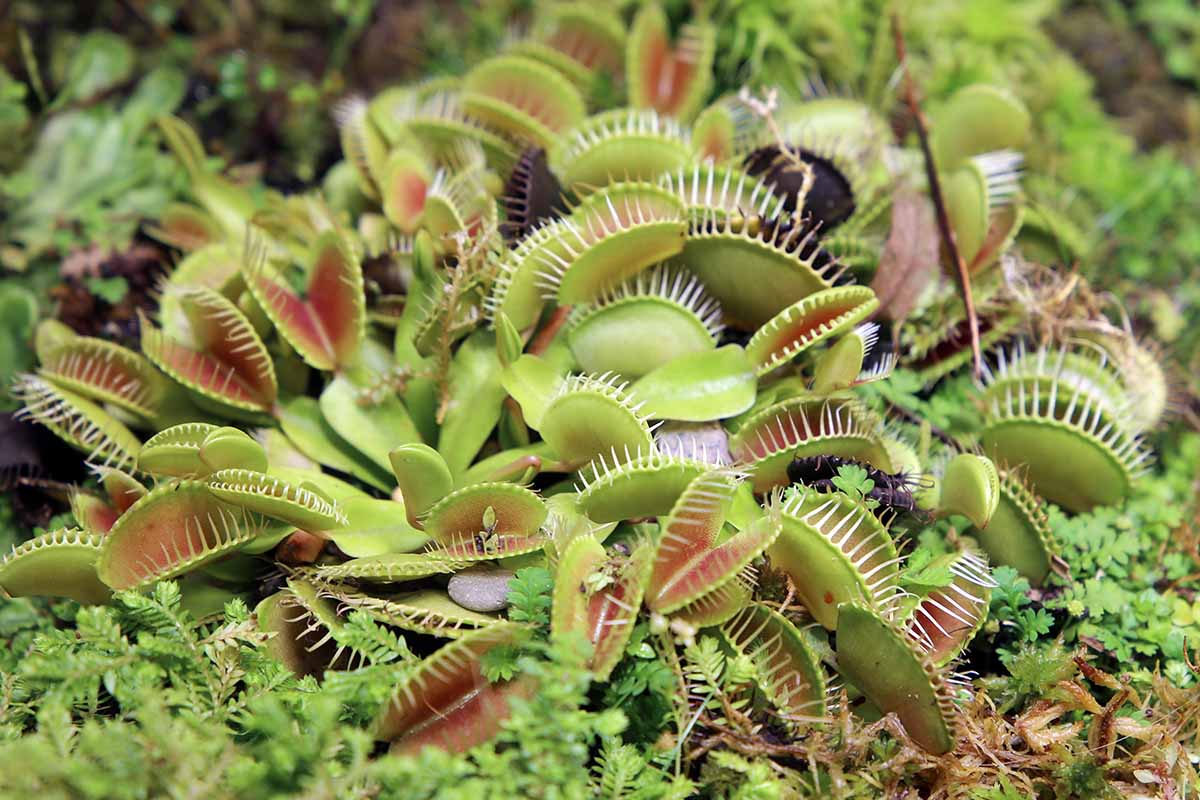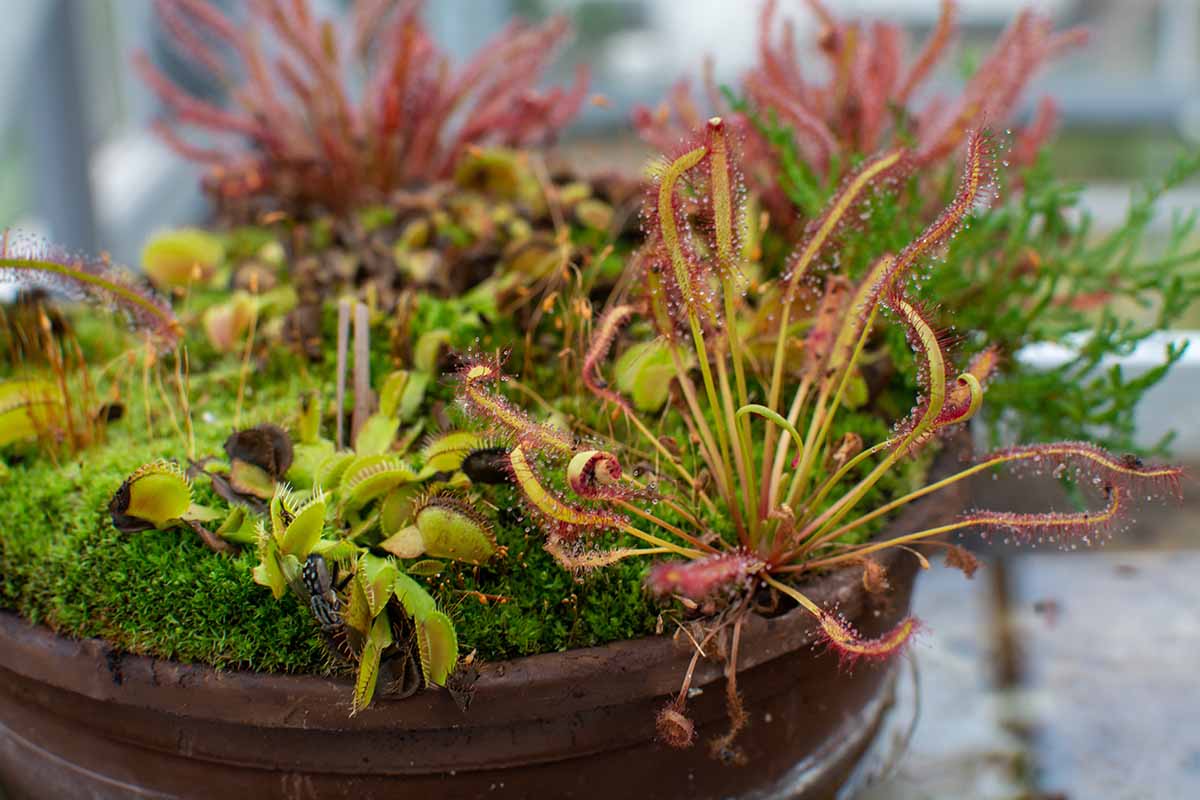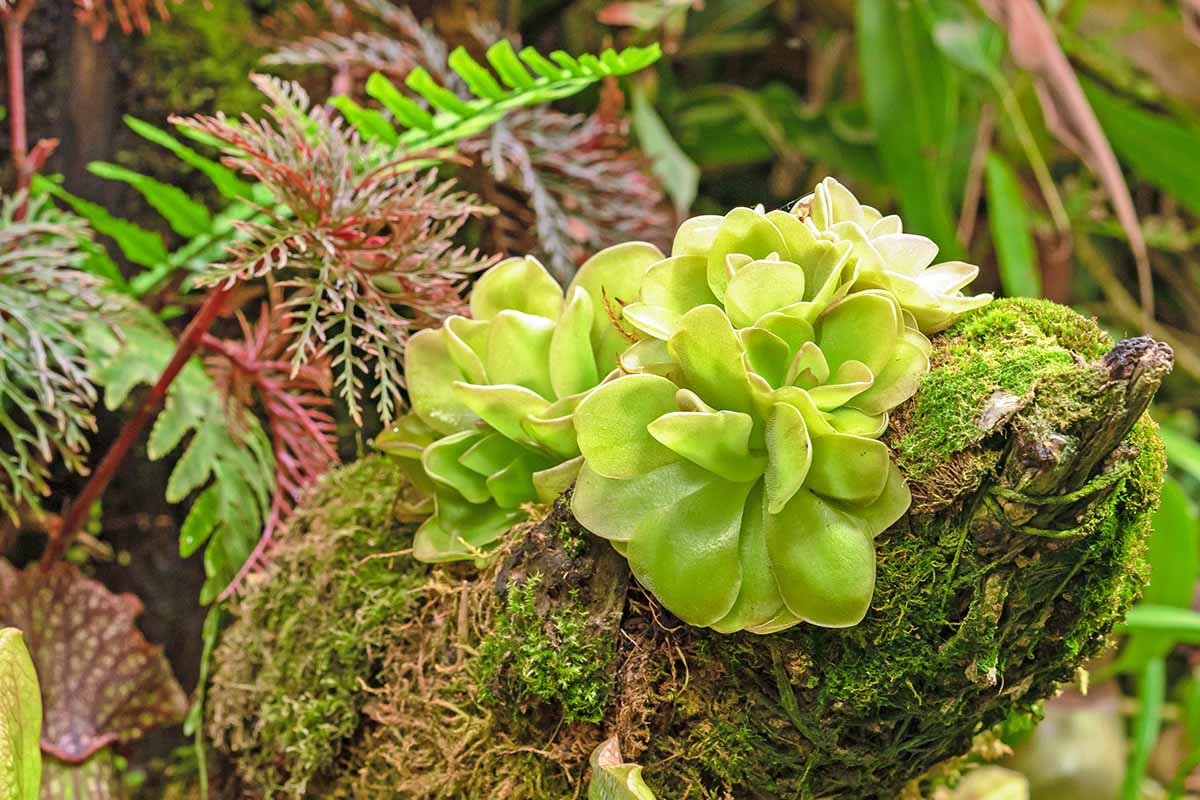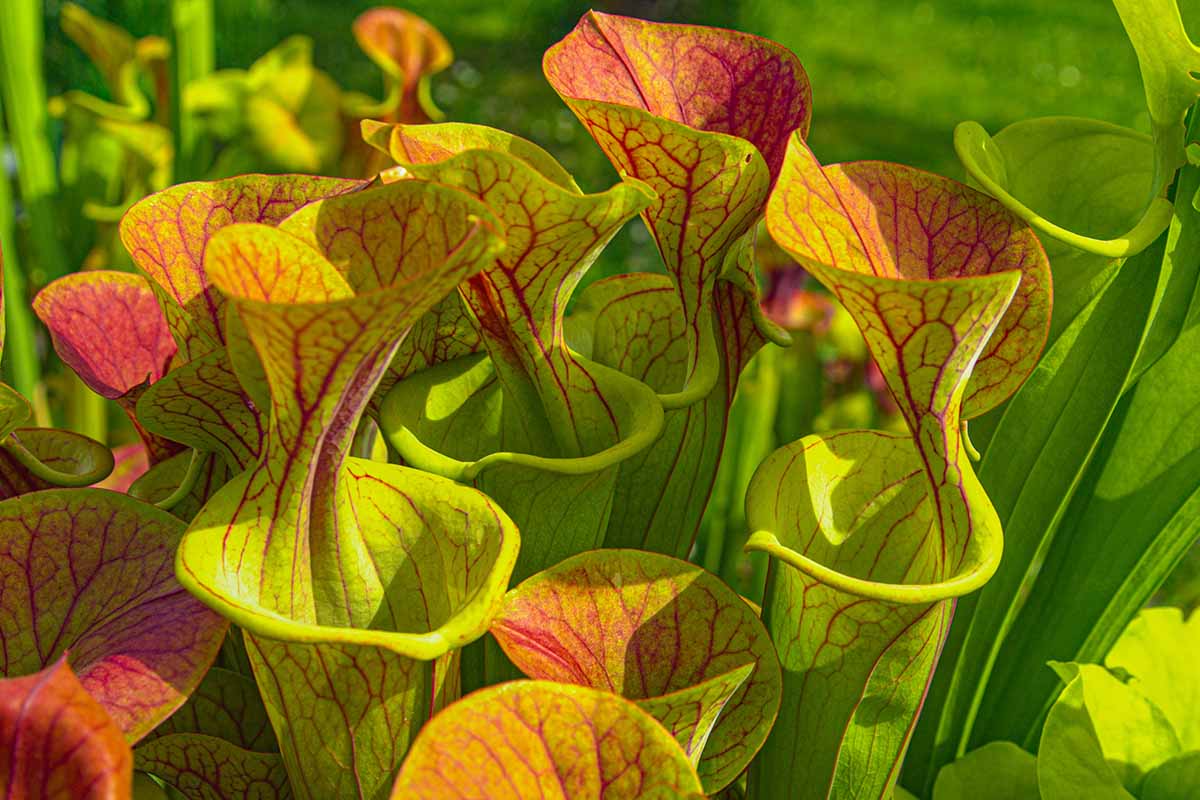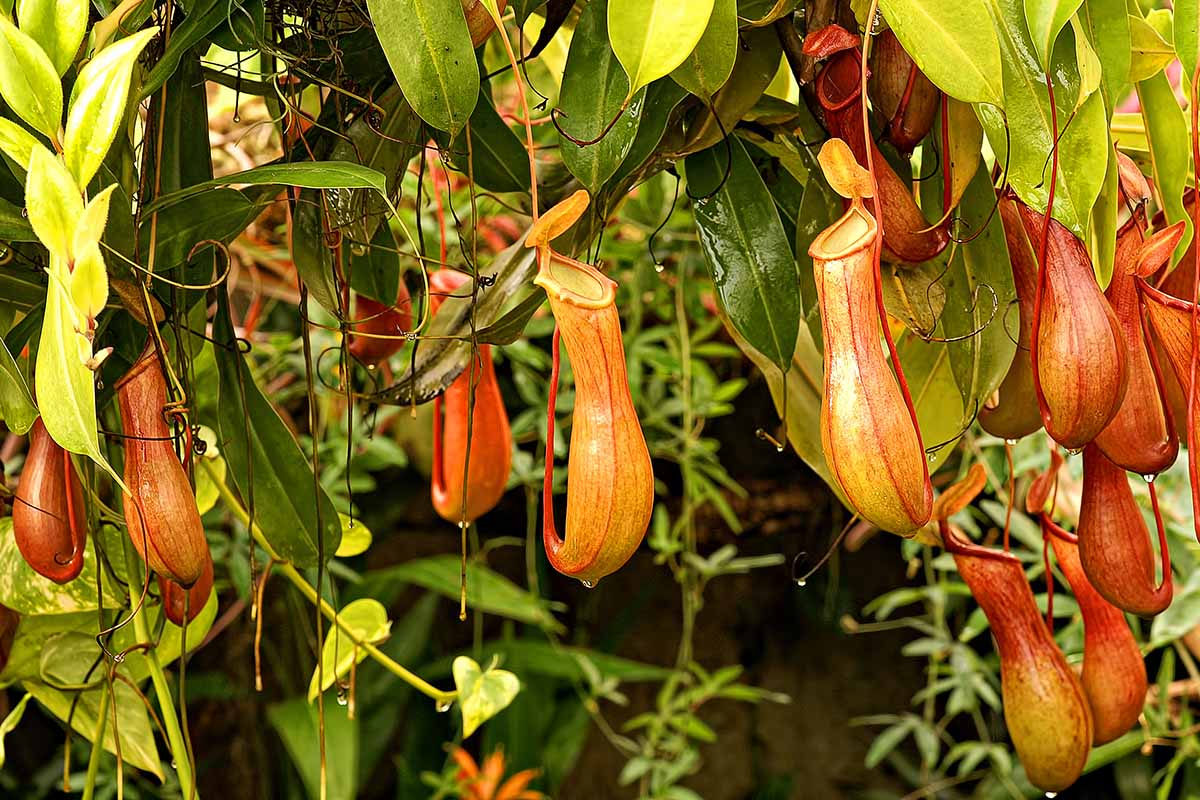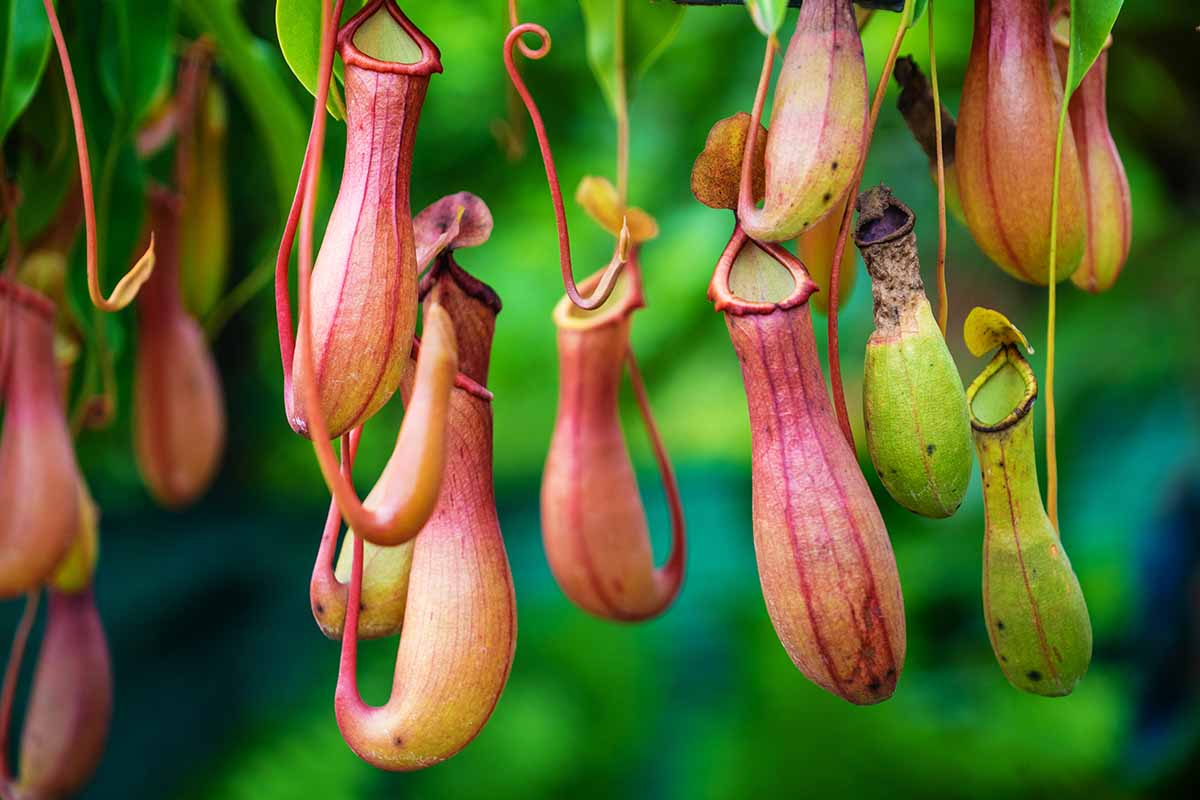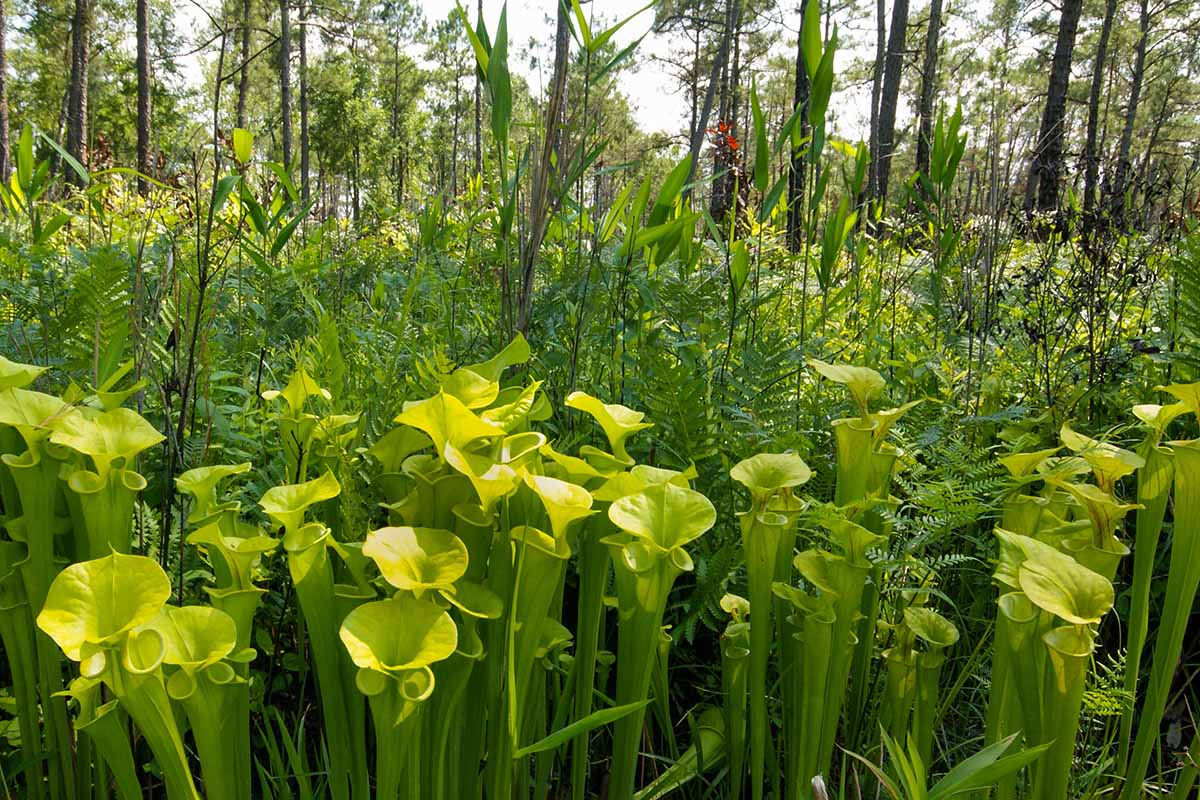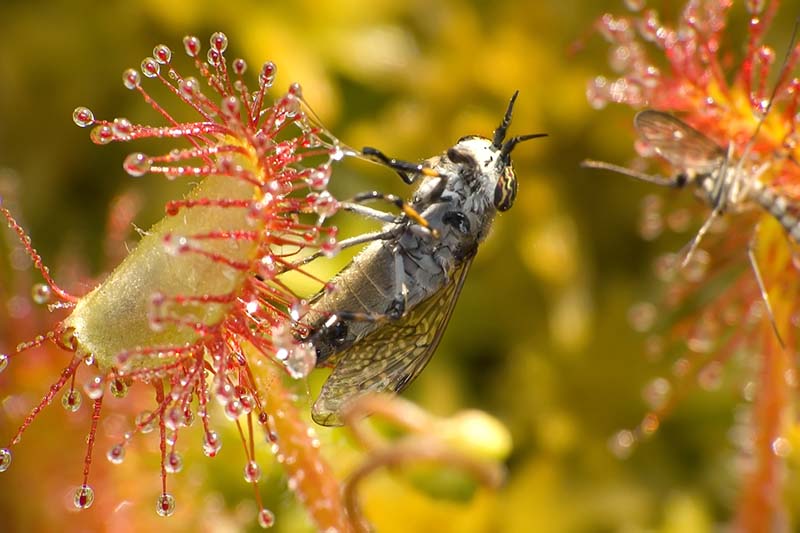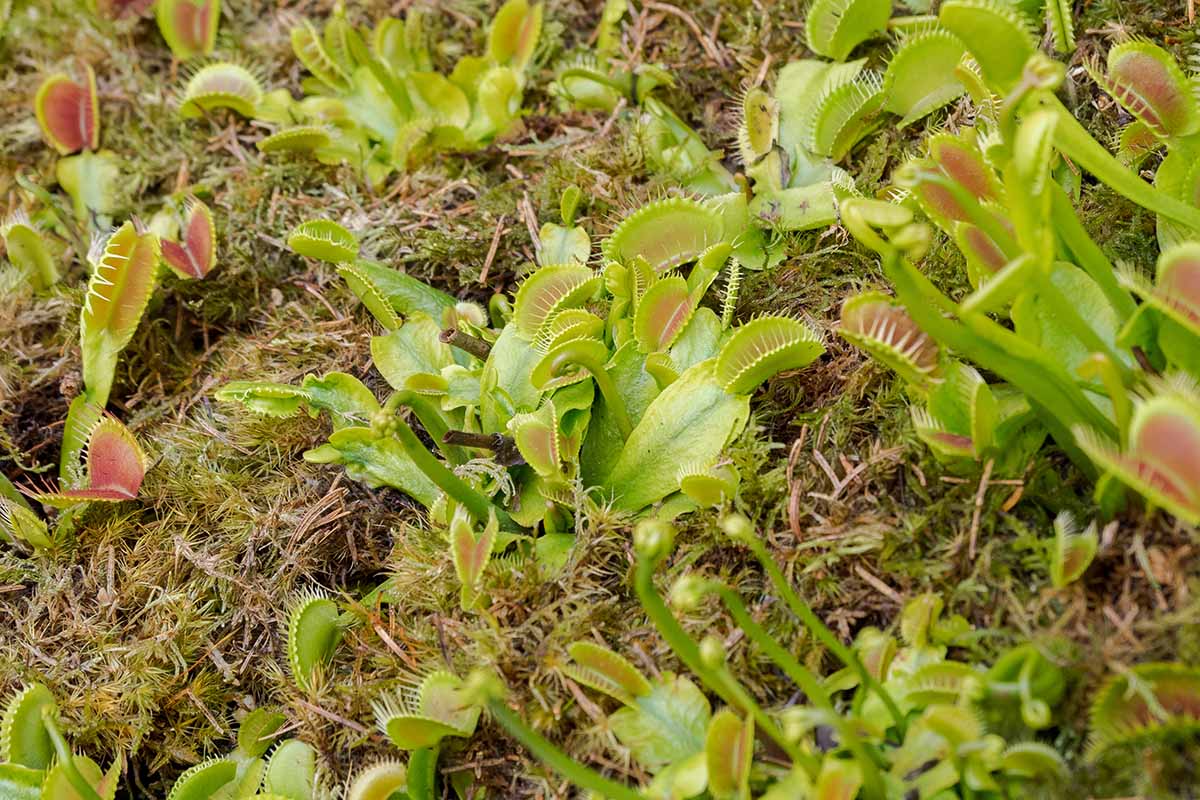How to Identify and Control 11 Pitcher Plant Pests
Pitcher plants are interesting and visually striking carnivorous plants that eat plenty of bugs, but there are some pests that can harm them. In this guide, you’ll learn about 11 common pitcher plant pests, including identification, control and management, and how to prevent them from striking in the first place.




